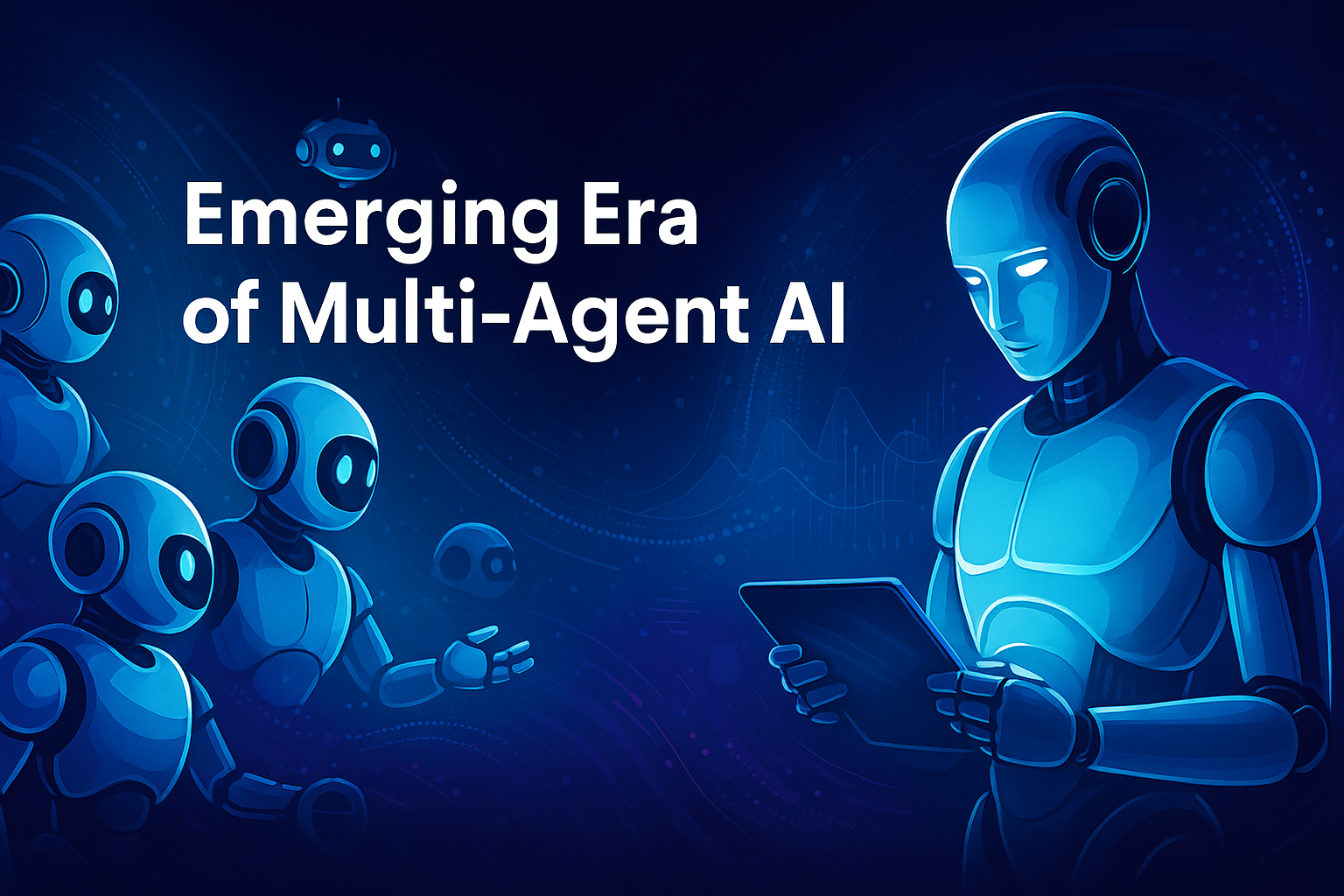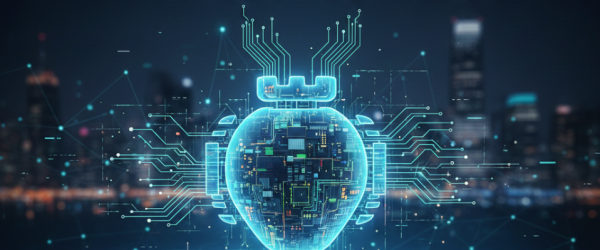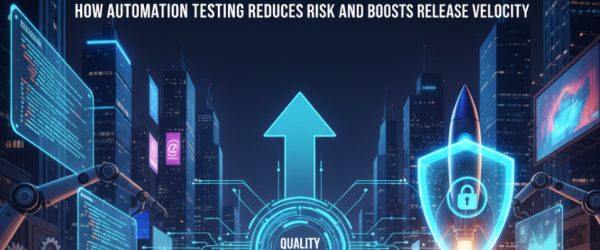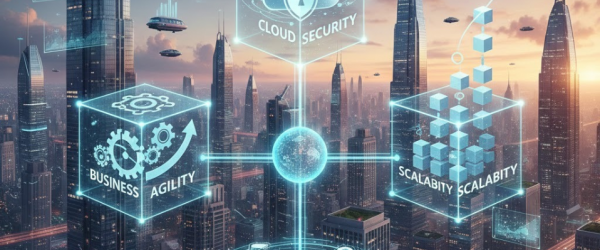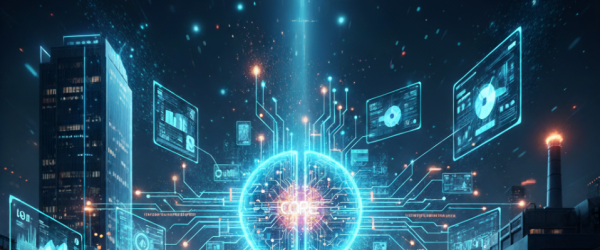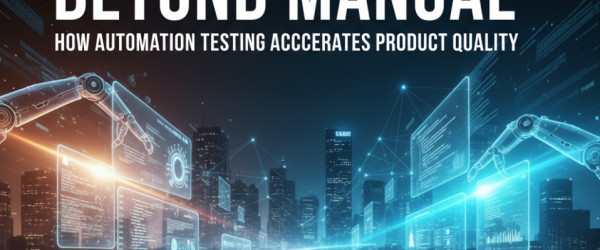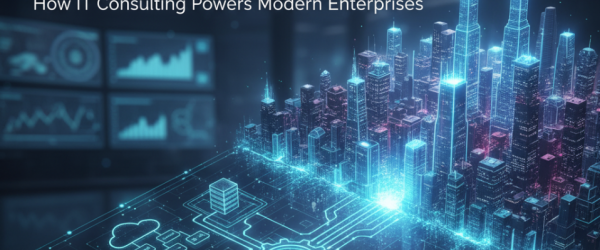🧠 Introduction: From Single-Agent to Multi-Agent Intelligence
Artificial Intelligence has traditionally revolved around individual, isolated agents designed to solve specific tasks. However, the demand for collaboration, scalability, and real-world adaptability has given rise to a new paradigm: multi-agent AI systems. These systems mirror how humans and organisms work together—communicating, learning, and coordinating for complex problem-solving.
The shift to this cooperative AI ecosystem is not just a trend—it’s a foundational change in how intelligent machines are designed to think, act, and evolve. Multi-agent AI is paving the way for distributed decision-making, decentralized optimization, and adaptive learning environments that can function in dynamic, real-world settings.
🤖 What Is a Multi-Agent AI System?
A multi-agent system (MAS) is a group of intelligent agents interacting within an environment. Each agent is autonomous and capable of making decisions independently, yet these agents work together—or sometimes compete—to accomplish complex goals.
Key Characteristics
- Autonomy: Each agent operates without direct intervention.
- Local View: No agent has a global perspective of the entire system.
- Decentralization: Decisions emerge from collective behaviors.
- Inter-agent Communication: Collaboration through shared protocols.
Centralized vs Decentralized Agents
- Centralized MAS has a supervisory entity guiding agents.
- Decentralized MAS allows agents to collaborate freely, often more scalable and resilient.
🤝 How Multi-Agent Systems Mimic Real-World Collaboration
One of the most fascinating aspects of MAS is their ability to mimic human-like group behavior. Whether it’s a group of robots cleaning a space, drones coordinating a rescue mission, or AI bots navigating traffic—the collective intelligence they demonstrate resembles social behavior, flocking dynamics, and market economies.
This collaboration enhances:
- Adaptability in unpredictable environments
- Robustness by avoiding single points of failure
- Efficiency through task distribution
⚙️ Major Components of Multi-Agent Architectures
To understand MAS functionality, it’s important to explore its architectural backbone.
Communication Protocols
Agents need to “talk” to each other. This involves:
- Message passing
- Shared memory access
- Language protocols like FIPA-ACL
Coordination and Negotiation Mechanisms
- Task allocation
- Resource sharing
- Conflict resolution strategies
Learning in Multi-Agent Environments
- Joint learning (agents learn policies cooperatively)
- Independent learning (each agent learns alone, adapting to others)
- Centralized training with decentralized execution (CTDE)
🚀 Advantages of Multi-Agent AI Over Traditional AI Models
Traditional AI can be powerful but often lacks scalability and flexibility. MAS unlocks several benefits:
- Parallelism: Tasks can be divided and solved faster.
- Scalability: New agents can be added without reengineering the system.
- Resilience: Failures in one agent don’t collapse the system.
- Improved Decision-Making: By combining viewpoints and actions.
🌍 Real-World Applications of Multi-Agent Systems
Autonomous Vehicles
Self-driving cars use MAS to:
- Coordinate with nearby vehicles
- Share traffic data
- Avoid collisions dynamically
Robotics and Swarm Intelligence
In robotics, swarm behavior is inspired by ants, bees, and birds:
- Warehouse management (like Amazon’s Kiva robots)
- Area coverage in drones
Smart Grids and IoT Ecosystems
- Distributed energy optimization
- Load balancing in real time
Financial Modeling and Trading Bots
- Multi-agent strategies in automated stock trading
- Market simulation and risk management
🧠 Role of Reinforcement Learning in Multi-Agent Environments
Reinforcement Learning (RL) supercharges MAS by enabling experience-based learning. In multi-agent RL:
- Agents receive feedback not just from the environment, but from interactions with other agents.
- Key concepts: Cooperative RL, Competitive RL, Mixed-motive RL
- Example: Training bots in video games like StarCraft or Dota 2
⚠️ Ethical Considerations and Risks
With great power comes responsibility. MAS introduces unique risks:
- Emergent behavior: Unpredictable patterns from agent interaction
- Security threats: Distributed attacks if agents are compromised
- Bias amplification: If one agent holds flawed data, others may learn it
- Accountability: Who’s to blame when a system fails?
Ethics must be designed into algorithms from the start, using explainable AI and transparency standards.
🧠 Multi-Agent vs Large Language Models (LLMs)
While both are advanced AI architectures, they serve different purposes:
| Feature | Multi-Agent Systems | Large Language Models |
| Structure | Multiple cooperating agents | Single massive model |
| Goal | Task-solving, autonomy | Text generation, understanding |
| Flexibility | High (modular) | Less modular |
| Scalability | Horizontal | Vertical (more data/training) |
| Example | Drone fleets, financial bots | ChatGPT, Gemini, Claude |
However, hybrid systems are emerging—LLMs acting as agents or overseeing MAS interactions.
🛠️ Tools and Frameworks to Build Multi-Agent AI
Developers can harness several platforms to build and test MAS:
PettingZoo
- Multi-agent reinforcement learning (MARL) environment suite
- Compatible with popular RL libraries
Ray RLlib
- Scalable reinforcement learning with distributed agent support
- Ideal for production-level systems
Unity ML-Agents
- Visual, interactive environments for training AI agents
- Great for robotics, gaming, and simulations
External Link: Explore PettingZoo
🔮 Future Trends and Innovations in Multi-Agent AI
- Multi-modal agent interaction: Combining vision, sound, and language.
- Neuro-symbolic reasoning: Combining logic and deep learning in agents.
- Self-organizing agents: Systems that adapt architecture over time.
- LLM-Agent hybrids: LLMs as command centers for smaller task-specific agents.
❓ FAQs About Multi-Agent AI Systems
1. What is the main purpose of a multi-agent system?
To enable autonomous agents to work together to solve complex problems beyond the scope of individual AI models.
2. Are multi-agent systems more secure than traditional AI?
They can be more resilient, but they also present unique risks like emergent behavior and distributed attack surfaces.
3. Can LLMs like ChatGPT be used in multi-agent systems?
Yes. LLMs can serve as agents or orchestrators in MAS frameworks.
4. Is multi-agent reinforcement learning hard to implement?
It’s more complex than single-agent RL due to added communication and coordination needs, but frameworks like Ray RLlib simplify the process.
5. What industries benefit most from MAS?
Automotive (autonomous vehicles), energy (smart grids), finance (algorithmic trading), and logistics (robotic fleets).
6. Will multi-agent systems replace traditional AI?
Not replace, but complement—MAS is better for distributed, real-time, interactive scenarios, while traditional AI excels in narrow domains.
✅ Conclusion: Embracing Collaborative Intelligence
The emergence of multi-agent AI systems marks a significant milestone in our journey toward human-like machine intelligence. By promoting collaboration, decentralization, and adaptive learning, MAS unlocks solutions that single models cannot achieve alone.
As research evolves and industries adopt these systems, the future lies not in one super AI, but in many intelligent agents working in harmony.

